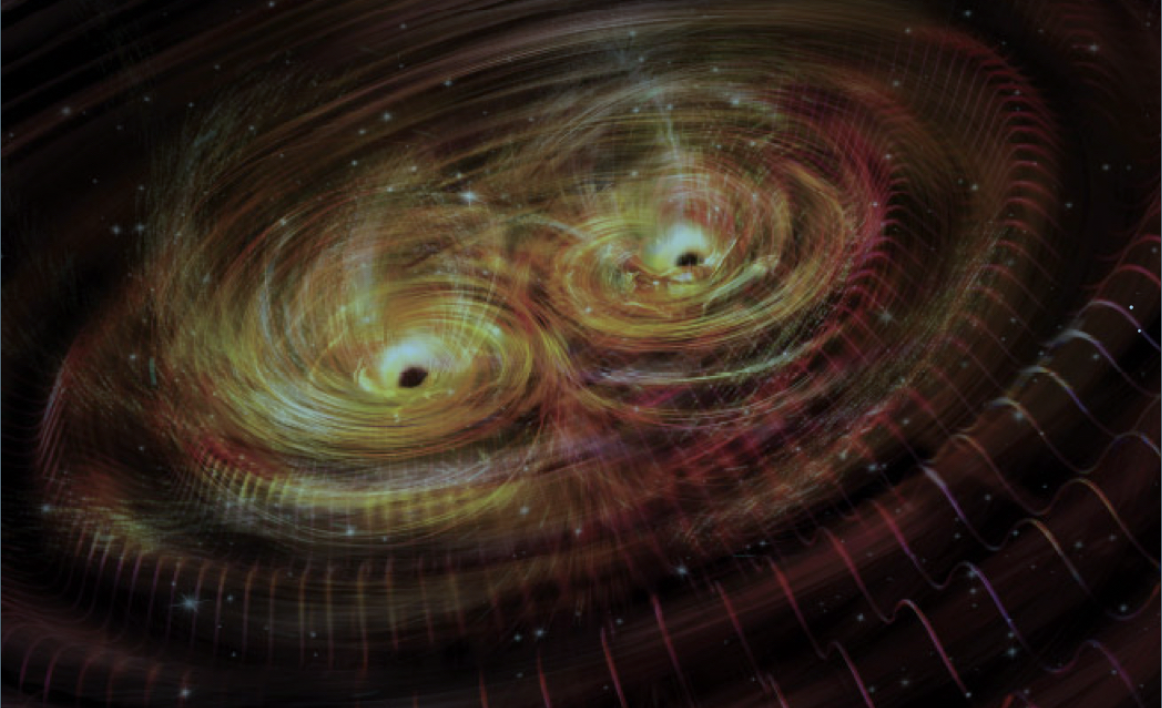Exploring Extreme Gravity: Neutron Stars, Black Holes and Gravitational Waves
2017-2020 – Yunes

This project is focused on (i) nuclear physics in extreme gravity, (ii) experimental relativity in extreme gravity, and (iii) multi-messenger astrophysics in extreme gravity. Regarding (i), we will improve and develop new tools to extract the most astrophysics from X-ray data obtained with NASA's Neutron star Interior Composition ExploreR (NICER). These tools will allow for precise constraints on the neutron star equation of state through measurements of their mass and radius. Regarding (ii), we will create a framework through which to test General Relativity with both gravitational wave data from the Laser Interferometer Space Antenna (LISA) and X-ray data from NICER in a robust and model-independent fashion. This framework will allow for consistency checks of Einstein's theory and the search for modified gravity anomalies with neutron stars and black holes. Regarding (iii), we will learn about nuclear physics and General Relativity by combining X-ray information from NICER, gamma-ray information from NASA's Fermi and Swift telescopes and gravitational wave information from advanced LIGO.
The project is of direct relevance to NASA's strategic mission to better understand the universe through observation and NASA's mission of discovery and knowledge. The region of the universe where gravity is unbearably strong and dynamically changing (the extreme gravity universe) is one of the last unturned stones. This is in part because extreme gravity objects, like neutron stars and black holes, are difficult to resolve due to their size and distance from Earth. NASA's investments in neutron star astrophysics and in space-borne gravitational wave astrophysics are aimed at resolving such objects and, for the first time, exploring the extreme gravity universe in detail. The focus of this project is to aid in this endeavor by developing the tools and the understanding needed to extract the most information from the data.
